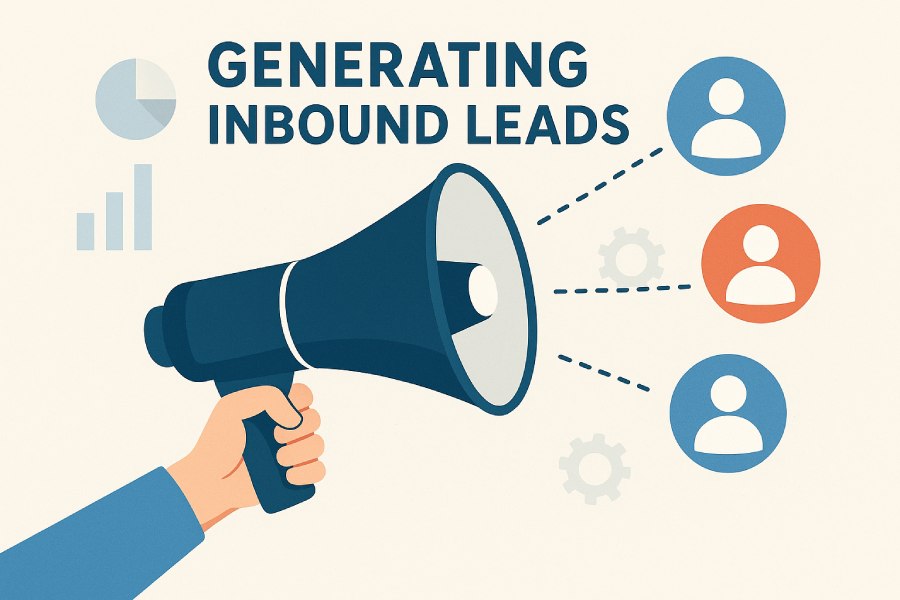Top Techniques For Generating Inbound Leads Through Content Marketing
In today’s digital landscape, content marketing has evolved from a simple branding tool into a powerful engine for generating high-quality inbound leads. By creating valuable, targeted, and engaging content, businesses can attract prospects organically, nurture relationships, and guide potential customers through the sales funnel without relying solely on outbound tactics.
But not all content strategies are created equal—success lies in leveraging the right techniques to capture attention, build trust, and convert readers into loyal leads. In this guide, we explore the top techniques for generating inbound leads through content marketing, helping your business turn content into a consistent lead-generating machine.
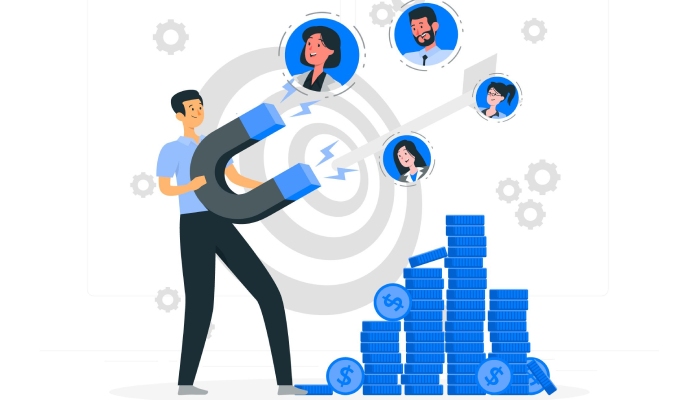
Understanding Inbound Leads: Definition and Importance
Inbound leads represent the cornerstone of modern customer acquisition strategies, particularly within the discipline of inbound marketing. Unlike outbound tactics that involve direct outreach such as cold calls or paid advertising alone, inbound leads are generated through prospects proactively engaging with your content marketing efforts. These leads often arrive through organic awareness driven by valuable content, SEO efforts, and carefully optimized landing pages designed to guide visitors along the customer journey.
Effectively leveraging inbound leads nurtures higher qualified leads—both marketing qualified leads (MQLs) and sales qualified leads (SQLs)—ensuring your sales pipeline is filled with prospects more likely to convert. The focus on conversion optimization and optimizing the sales funnel through content means increased efficiencies in both cost and time, turning your website and digital assets into a potent engine for demand generation.
For anyone keen to deepen their understanding of why inbound leads are critical, resources such as this comprehensive guide on inbound lead generation by HubSpot provide valuable insights on blending content marketing with marketing automation platforms like Marketo and Salesforce Pardot.
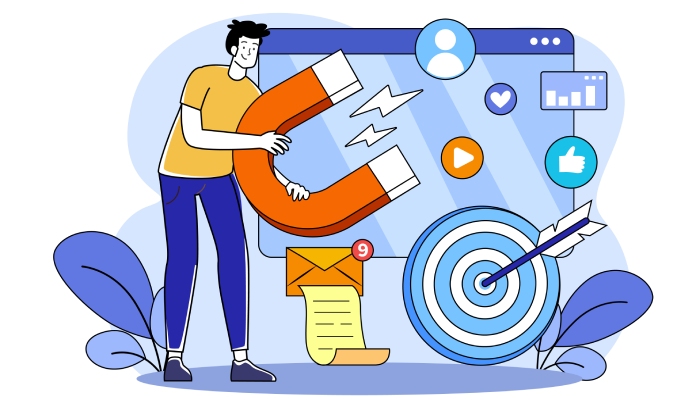
Identifying Your Target Audience for Effective Lead Generation
Success in lead generation via inbound channels pivots on accurately defining your target audience. Without this clarity, efforts in content production, SEO, or even paid campaigns such as Google Ads or Facebook Ads risk falling flat.
Identification starts with detailed analysis of existing customers and leads—integrating data from CRM integration tools like Salesforce or HubSpot CRM with analytics platforms such as Google Analytics, Kissmetrics, or Crazy Egg. Evaluating behaviors, demographics, and digital footprint creates a holistic persona of who your customers are, which guides multi-channel marketing strategies including social media marketing, email marketing, and webinars.
The use of advanced tools such as LinkedIn Sales Navigator can also aid in finding and understanding a B2B target audience. This data-driven approach supports informed decisions regarding which call to action designs resonate, which lead capture forms perform best, and how to further optimize channels for retargeting and viral marketing campaigns.
Expanding on this methodology, this article on inbound lead generation management explores the benefits of finessing your audience segmentation to increase inbound lead quality and volume.
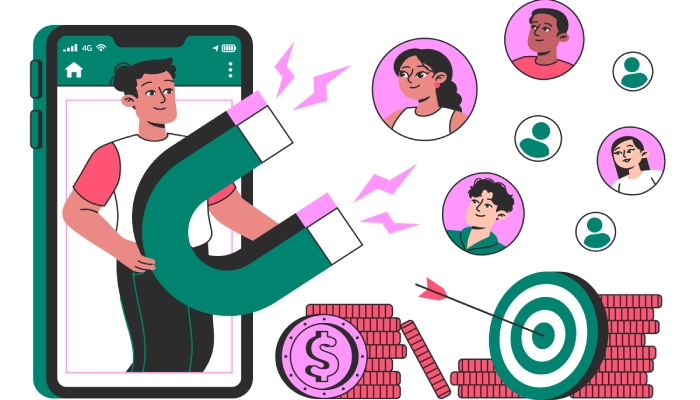
Crafting Buyer Personas to Tailor Content Strategically
Following audience identification, the construction of detailed customer personas becomes the foundation upon which tailored content thrives. Buyer personas embody representations of typical customers, encapsulating pain points, motivations, preferences, and barriers in their customer journey.
Crafting these personas underpins every layer of content strategy, driving creation of relevant blogging topics, whitepapers, and case studies aligned with different stages within the sales funnel. For example, a person interested in in-depth technical knowledge might respond better to informational assets like webinars or eBooks, while a time-pressed executive might prefer succinct video summaries or infographics.
Employing insights from thought leaders such as Neil Patel and Seth Godin can help refine personal development with actionable tactics to humanize your audience segments. Additionally, tools like Trello and Asana assist teams in coordinating personal research and content production backed by workflow efficiency.
By aligning messaging with personas, marketers ensure optimized landing page optimization, more compelling lead magnets, and precise A/B testing strategies that progressively enhance conversion optimization across campaigns spanning SEO, digital advertising, and content syndication.
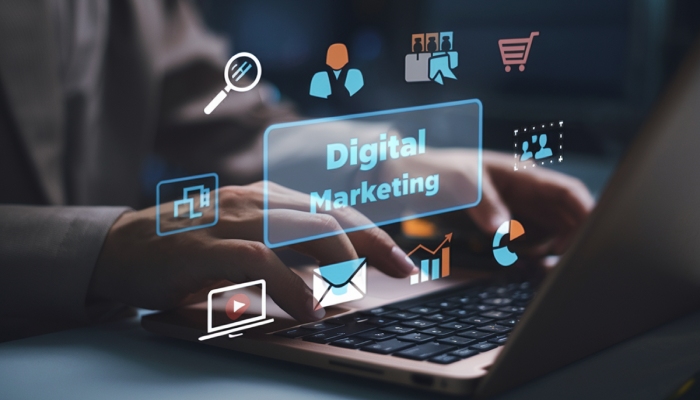
Developing a Content Marketing Strategy Aligned with Lead Goals
A well-orchestrated content marketing strategy designed around lead acquisition marries creativity with data-driven targeting. Grounded in insights gleaned from personal analysis and audience behavior, the strategy clarifies which content formats—video marketing, direct marketing emails, blog posts, or interactive webinars—resonate best at different funnel stages.
Integrating marketing automation tools such as ActiveCampaign, Drip, or Mailchimp streamlines lead nurturing, delivering timely, personalized content triggered by prospect interaction.
Combined with lead scoring models to qualify inbound leads dynamically, this enhances the efficiency of transferring prospects from MQL to SQL, ultimately improving ROI for the business.
Optimization of landing pages through platforms like Unbounce, LeadPages, Optimizely, or ClickFunnels plays a pivotal role by facilitating rapid tests and changes via A/B testing, directly boosting conversion rates. Likewise, aligned campaigns across social media marketing channels managed by Sprout Social, Hootsuite, or Buffer amplify reach and engagement by tailoring content deployment schedules.
For practitioners seeking tactical frameworks and thorough explanations, the article How to Create an Inbound Lead Gen Machine with Content Marketing offers in-depth strategies to build sustainable business development pipelines fueled by content.
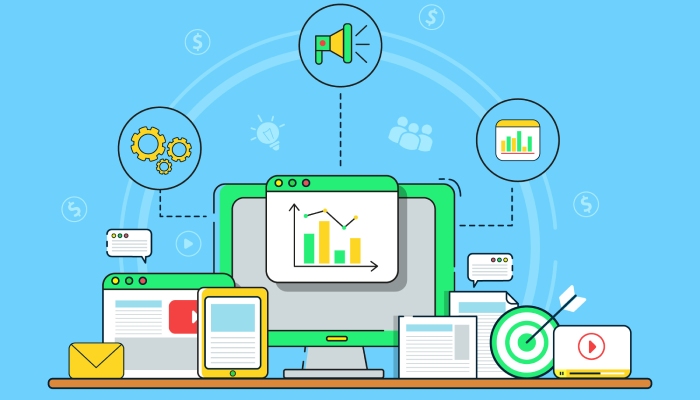
Leveraging SEO to Increase Organic Traffic and Lead Opportunities
Search engine optimization (SEO) remains an indispensable pillar for inbound lead generation as it drives organic traffic—prospects actively searching for solutions your brand offers. Effective use of SEO integrates keyword research, backlinking, content optimization, and technical site enhancements ensuring visibility on Google and other search engines.
Tools like SEMrush, Moz, and Ahrefs provide comprehensive backlink analysis and keyword tracking essential for ongoing SEO refinement. Leveraging these insights in content ideation aligns your blog posts, whitepapers, and case studies to user intent—supporting both lead magnets and SEO goals simultaneously.
Furthermore, landing page contents require SEO best practices: fast load speeds, mobile-friendly layouts, clear calls to action, and optimized metadata—all drivers of improved search ranking and greater visitor-to-lead conversion. Incorporating schema markup and structured data further enhances search presentation.
Augment this organic approach with pay-per-click advertising, including Google Ads and Facebook Ads, for synergistic impact. Retargeting via PPC campaigns assists in recapturing visitors who did not convert initially, nurturing them through the sales funnel.
For additional guidance on marrying SEO and inbound marketing efforts to enhance lead generation, visit Orbit Media’s comprehensive blog on website online lead generation, which delves into analytics and reporting crucial for measuring and growing inbound campaigns with precision.
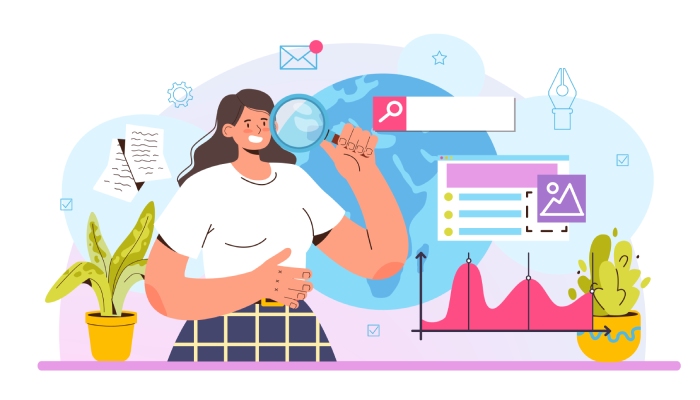
Statistical Data: Impact of Content Marketing and SEO on Lead Generation
• 70% of marketers say SEO and organic traffic deliver more leads than PPC campaigns
• Companies with effective lead nurturing generate 50% more sales-ready leads at 33% lower cost
• 80% of consumers prefer to learn about a company through custom content versus traditional ads
• Businesses that prioritize blogging are 13 times more likely to see a positive ROI
• 61% of marketers identify inbound marketing as their highest quality source of leads
Creating High-Quality, Valuable Content That Attracts Leads
In the domain of inbound marketing, creating high-quality content is fundamental to effective lead generation and customer acquisition. Content marketing serves as the cornerstone of the sales funnel by delivering valuable information tailored to customer personas within your target audience. Leveraging thorough search engine optimization (SEO) strategies, including keyword research with tools like SEMrush, Ahrefs, and Moz, ensures that your content attracts organic traffic from relevant prospects.
Quality content extends beyond mere articles—it encompasses case studies, whitepapers, webinars, and videos that inform, engage, and solve pain points at various stages of the customer journey. Content that resonates with marketing qualified leads (MQLs), nurtures them down the sales pipeline, and ultimately converts them into sales qualified leads (SQLs) requires strategic planning and execution.
Employing marketing automation platforms such as HubSpot, Marketo, or Salesforce Pardot facilitates content delivery aligned with lead scoring models, ensuring that the right content reaches the right leads at optimal times. Additionally, integrating your CRM system streamlines lead nurturing and empowers sales teams with real-time analytics and reporting for enhanced conversion optimization.
For businesses eager to build effective inbound lead generation tactics, reviewing comprehensive guides like this beginner’s inbound lead generation guide offers actionable insights into creating a robust lead gen ecosystem.

Utilizing Blog Posts to Educate and Engage Prospective Leads
Blogging remains a powerful vehicle within content marketing strategies to engage prospects and attract qualified leads. Regularly publishing educational blog posts optimized for SEO not only drives organic traffic but also establishes your brand as an authority in your industry. Bloggers like Neil Patel and Seth Godin have underscored the importance of this approach for demand generation and viral marketing success.
By integrating targeted call to action (CTA) elements within blog posts—such as links to lead magnets or invitations to webinars—you convert casual readers into engaged prospects. These CTAs, when paired with optimized landing pages designed via platforms like ClickFunnels, Unbounce, or LeadPages, boost conversion rates by moving visitors further along the sales funnel.
Distribution of blogs through multi-channel marketing tactics—including social media marketing managed by tools like Hootsuite, Buffer, or Sprout Social—extends reach and accelerates lead capture. Equally important is embedding lead capture forms with CRM integration to ensure seamless data collection and lead nurturing.
For marketers wanting to deepen their understanding of blog-driven lead generation, articles such as this on creating an inbound lead gen machine with content marketing provide valuable frameworks.

Implementing Lead Magnets: Ebooks, Whitepapers, and Guides
Lead magnets are indispensable for conversion optimization within the inbound marketing framework. Offering in-depth content assets like ebooks, whitepapers, and comprehensive guides incentivizes potential customers to share contact information via lead capture forms, thereby generating qualified leads.
These assets should be meticulously aligned with customer personas and reflect deep insights into pain points and business challenges. This alignment not only attracts high-quality leads but also facilitates accurate lead scoring, telling you which prospects are ready for further engagement.
Combining content syndication with strategic content marketing amplifies the reach of these lead magnets. Platforms like LinkedIn Sales Navigator can help identify decision-makers who will benefit most from your resources. Additionally, incorporating A/B testing on landing pages hosting these lead magnets—using tools such as Optimizely or Unbounce—ensures continuous improvement in conversion rates.
For those interested in learning more about managing inbound lead generation around such assets, resources like the inbound lead generation management guide are highly recommended.
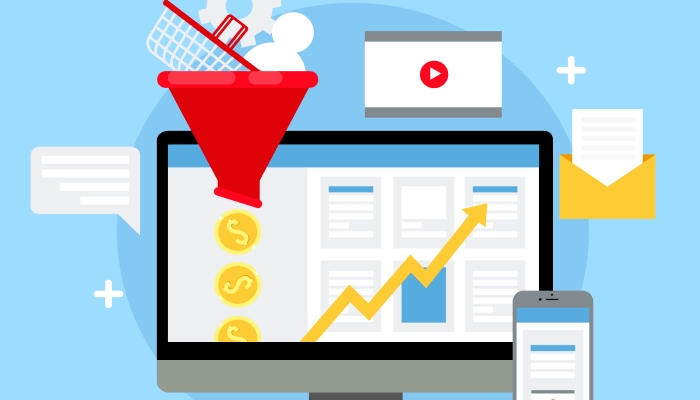
The Role of Landing Pages in Converting Visitors to Leads
Landing pages represent a critical junction in the customer journey, serving as focused destinations for visitors driven by digital advertising campaigns or organic search. Excellence in landing page optimization involves clear, persuasive calls to action, succinct value propositions, and minimized friction during lead capture.
Utilizing marketing automation tools like ActiveCampaign or Drip, in conjunction with CRM integration, empowers marketers to automate follow-up sequences that nurture leads effectively post-conversion. Incorporating retargeting strategies with Google Ads and Facebook Ads towards visitors who abandon landing pages enhances customer acquisition outcomes.
A/B testing (with Optimizely, Crazy Egg, or Hotjar) on various elements such as headline copy, form placement, and CTA buttons is essential to refine user experience and maximize conversion rates. Additionally, leveraging analytics and reporting via Google Analytics and Nureply ensures data-driven decisions. For a deeper dive into optimizing web presence for lead generation, exploring examples and best practices in website online lead generation provides actionable insights.
Using Email Marketing to Nurture and Convert Leads
Email marketing remains one of the most effective strategies for lead nurturing and conversion optimization in a structured sales funnel. Segmented email workflows crafted around customer journey stages guide prospects from marketing qualified leads to sales qualified leads through personalized content and targeted call to action.
Marketing automation platforms such as Mailchimp, HubSpot, or Constant Contact provide scalable, automated sequencing capabilities tied to lead scoring insights. This approach enhances the efficiency of sales pipeline management and business development efforts.
Incorporating diverse content formats into email campaigns—such as invites to webinars, links to case studies, and exclusive video marketing materials—elevates engagement rates and strengthens brand loyalty.
According to the 11 ways to drive inbound leads, email marketing’s power lies in combining targeted messaging with timely follow-ups to maintain momentum in customer acquisition.

Harnessing Social Media Channels for Content Distribution and Lead Generation
Social media marketing offers unparalleled opportunities for content distribution, audience engagement, and lead acquisition across diverse platforms. Utilizing Facebook Ads and Google Ads through multi-channel marketing strategies enables precise targeting of customer personas based on demographics, behaviors, and interests.
Platforms like LinkedIn, enhanced by sales tools such as LinkedIn Sales Navigator, excel in B2B lead generation by connecting with decision-makers. Influencer marketing, when integrated strategically, amplifies your reach and fosters trust through third-party endorsements.
Social media management tools including Buffer, Hootsuite, and Sprout Social streamline scheduling, monitoring, and engagement analytics, thus optimizing viral marketing campaigns and online reputation management.
Additionally, employing pay-per-click advertising and retargeting on social channels complements organic efforts, maintaining high visibility for landing pages and lead magnets. Integrating CRM systems like Salesforce or HubSpot ensures captured leads feed directly into nurturing workflows.
For a comprehensive understanding of inbound lead generation techniques through social media, readers may refer to this detailed inbound lead generation article.
By combining these strategic pillars—content creation, blogging, lead magnets, optimized landing pages, email marketing, and social media distribution—marketers can build a comprehensive inbound marketing program that enhances lead quality, accelerates customer acquisition, and maximizes return on investment through continuous analytics and refinement.
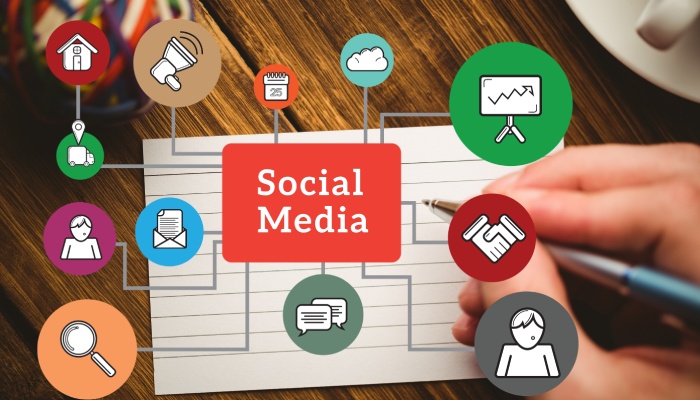
Incorporating Video Marketing to Boost Engagement and Lead Capture
Video marketing has become an indispensable component of any effective inbound marketing strategy designed for lead generation and customer acquisition. By leveraging video content, brands can engage their target audience more deeply throughout the customer journey, enhancing conversion optimization efforts. Whether through product demos, customer testimonials, or educational webinars, video marketing taps into the growing preference for dynamic, easily digestible formats that increase organic traffic.
Integrating videos on landing pages, combined with compelling calls to action, encourages visitors to engage with lead capture forms, thereby generating more marketing qualified leads and sales qualified leads. Platforms like YouTube, Facebook Ads, and LinkedIn are powerful distribution channels that facilitate multi-channel marketing campaigns, enhancing content syndication and viral marketing effects.
Tools such as HubSpot and ActiveCampaign simplify embedding videos into email marketing campaigns, reinforcing lead nurturing strategies across the sales funnel. Moreover, video marketing enhances online reputation management by building trust and authenticity, which directly impacts customer relationship management.
Brands can utilize analytics and reporting platforms like Google Analytics and Kissmetrics to track engagement metrics, such as view duration and click-through rates, enabling continuous landing page optimization and A/B testing for better performance and higher ROI.
Successful marketers like Neil Patel and Gary Vaynerchuk advocate the strategic use of video within direct marketing campaigns to drive demand generation and maximize business development outcomes. For further insight into how video marketing improves inbound lead generation, explore this detailed guide on creating an inbound lead gen machine with content marketing.

Analyzing Content Performance with Data and Metrics for Optimization
Comprehensive analytics and reporting are the backbone of conversion optimization strategies within lead generation and inbound marketing. To optimize content marketing efforts effectively, marketers must measure KPIs related to SEO, user behavior on landing pages, and the effectiveness of calls to action embedded within marketing channels. Advanced tools like SEMrush, Moz, and Ahrefs provide SEO insights that drive organic traffic by identifying keyword opportunities and backlink profiles.
Beyond search engine metrics, heatmaps and user behavior tools like Crazy Egg and Hotjar furnish real-time data on how users interact with content and lead capture forms, which is critical for refining the customer journey and reducing friction points in the sales funnel. CRM integration with platforms such as Salesforce Pardot, Marketo, or HubSpot enables lead scoring systems that classify qualified leads based on engagement and demographic criteria, facilitating more precise lead nurturing.
Marketing teams should employ A/B testing through platforms like Optimizely, Unbounce, and LeadPages to continuously experiment on landing page optimization and call to action placements. This iterative process is essential for improving conversion rates from marketing qualified leads to sales qualified leads.
Additionally, Google Analytics dashboards can be tailored to monitor traffic sources, bounce rates, and conversion paths, creating actionable insights to inform pay-per-click advertising campaigns on Google Ads and Facebook Ads.
For a comprehensive understanding of analyzing content’s impact on inbound lead generation, this resource on website online lead generation offers valuable best practices and analytics techniques.
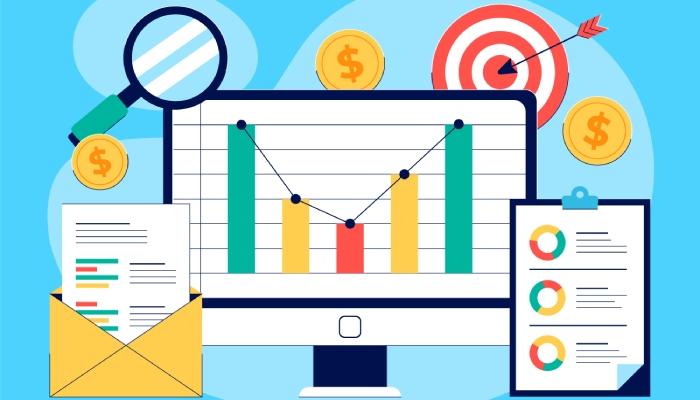
Implementing Marketing Automation for Efficient Lead Management
Marketing automation platforms such as HubSpot, Marketo, ActiveCampaign, and Drip are critical for streamlining the lead management process, enhancing both lead generation and lead nurturing efforts. Marketing automation allows businesses to deliver personalized email marketing campaigns and retargeting ads based on lead scoring, behavioral triggers, and segmentation by customer personas.
Automated workflows efficiently move prospects through the sales funnel by nurturing them with targeted content, including webinars, whitepapers, case studies, and lead magnets specifically designed to resonate with a brand’s target audience. The integration of lead capture forms with CRM solutions like Salesforce Pardot ensures seamless data flow, improving sales pipeline visibility and supporting business development objectives.
Furthermore, marketing automation facilitates multi-channel marketing by synchronizing social media marketing efforts through tools like Hootsuite, Buffer, and Sprout Social, allowing teams to schedule posts, monitor engagement, and manage influencer marketing campaigns.
For direct marketing and mobile marketing initiatives, automation enhances timeliness and relevance, which is key for optimizing conversion optimization and increasing the volume of qualified leads.
Zapier integration also plays a vital role in connecting disparate marketing tools and automating repetitive tasks, reducing manual errors and freeing up teams to focus on strategic initiatives. Brands new to leveraging marketing automation can benefit from this beginner-focused inbound lead generation guide by HubSpot.
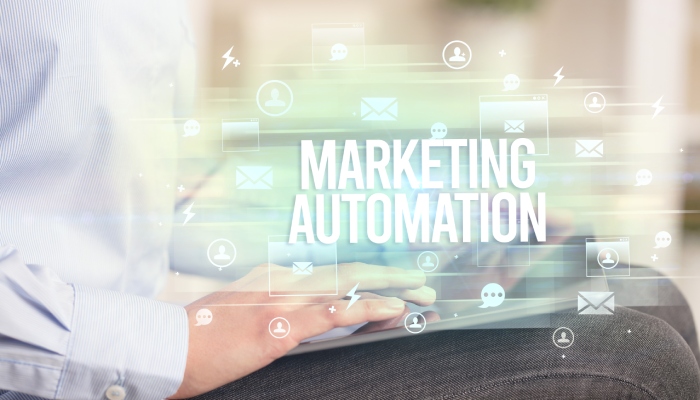
Case Studies of Businesses Successfully Generating Inbound Leads Through Content Marketing
Numerous businesses have demonstrated remarkable success in generating inbound leads by employing strategic content marketing combined with rigorous SEO and CRM integration. For instance, a SaaS company utilized a multi-channel marketing approach featuring blogging, video marketing, and webinars to educate their customer personas while deploying lead magnets such as whitepapers and case studies tailored to specific pain points.
Leveraging HubSpot’s marketing automation features and LinkedIn Sales Navigator for direct outreach, they improved their marketing qualified leads by 45% within six months. Another example includes an e-commerce brand that optimized its landing pages using A/B testing with tools like ClickFunnels and Unbounce, combined with sophisticated retargeting through Google Ads and Facebook Ads campaigns.
This comprehensive inbound marketing strategy supported customer acquisition by lowering the cost per qualified lead while increasing the conversion rates from initial contact to sales qualified leads. Marketing thought leaders like Seth Godin and Gary Vaynerchuk emphasize the power of storytelling through blogging and influencer marketing to build trust and drive demand generation organically.
Companies that incorporate analytics and reporting tools such as Kissmetrics and Google Analytics can fine-tune their sales pipeline for improved efficiency and customer retention. For further success stories and tactical insights, this article highlighting 11 ways to drive inbound leads provides a rich collection of proven strategies from industry leaders.
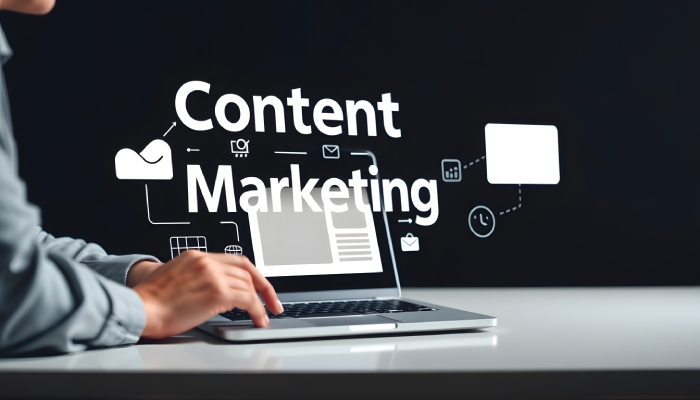
FAQs
What role does video marketing play in lead generation?
Video marketing enhances audience engagement by offering visual and interactive content that effectively communicates value propositions. It supports higher conversion optimization rates by integrating on landing pages and email campaigns, thereby improving lead capture and nurturing.
How can marketing automation improve lead management efficiency?
Marketing automation streamlines lead nurturing by delivering personalized content based on lead scoring and behavioral data. It automates tasks such as email marketing, retargeting, and CRM integration, resulting in faster movement through the sales funnel and better pipeline management.
What metrics should be tracked to optimize content marketing efforts?
Key metrics include organic traffic, bounce rates, conversion rates from calls to action, engagement times, and lead qualification scores. Utilizing analytics platforms like Google Analytics and Kissmetrics allows marketers to identify areas for landing page optimization and improve overall campaign effectiveness.
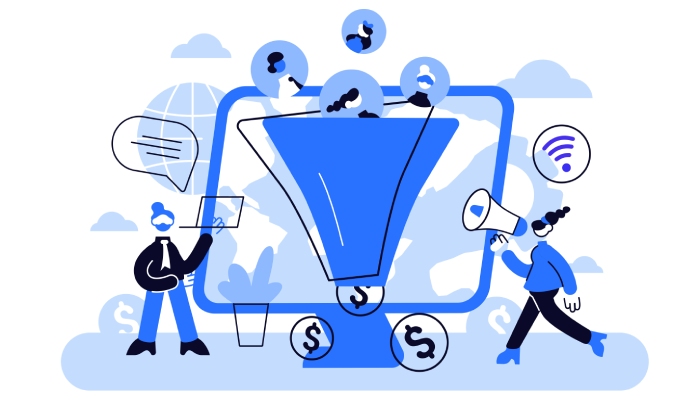
How do case studies help in inbound marketing?
Case studies provide social proof and detailed examples of how a product or service solves problems for real customers. They serve as compelling content that nurtures leads and moves them closer to conversion while aligning with targeted customer personas.
What tools are recommended for A/B testing landing pages?
Popular tools like Optimizely, Unbounce, and LeadPages enable marketers to test and optimize landing page elements such as headlines, calls to action, and form designs, supporting data-driven conversion rate improvements.

